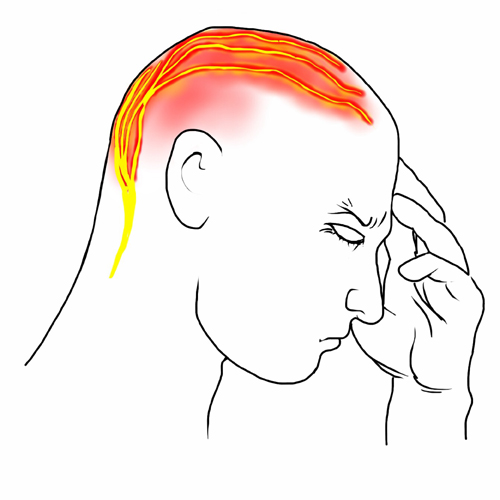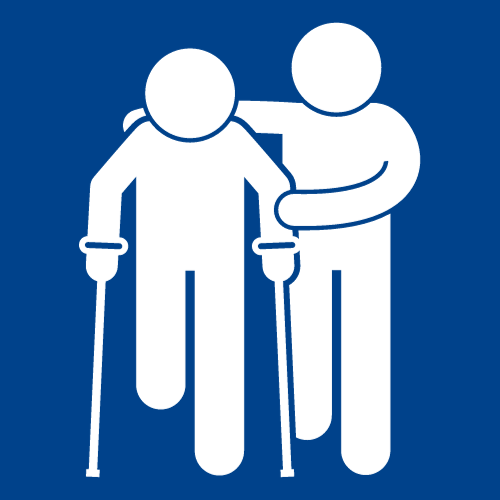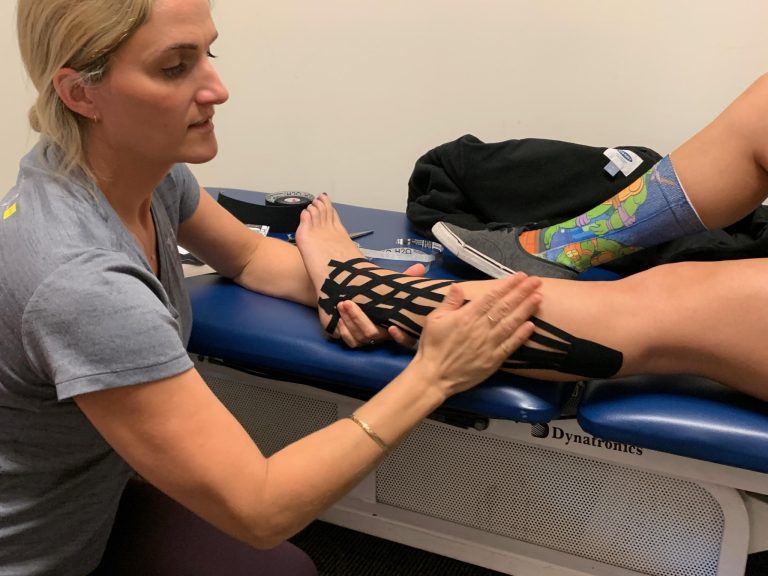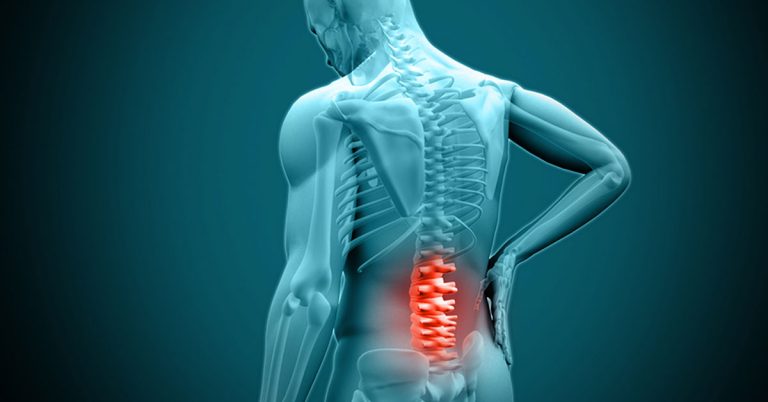Not now, honey! I’ve got a headache!” How many spouses have heard that line before? Headaches are very common. In fact, they’re the most common reason people use over-the-counter pain medication and seek medical advice. Headaches account for 18 million doctor visits in the US, 156 million missed work days, and an estimated $25 billion in productivity losses every year.
There are many types of headaches. The common classification of headaches is by their cause. One very common type of headache that I encounter in my daily practice is classified as a cervical headache.
What is a cervicogenic headache?
Cervciogenic headaches affect about 2.5% of the general population. Most commonly, middle-aged individuals, with women four times more affected than men (maybe why the opening line is so common). Over 50% of those who have suffered whiplash will have this type of headache.
Cervcicogenic headaches are the result of abnormal stresses or tissue damage affecting the facet joints, discs, many muscles, and/or nerves in and around the upper 3 vertebrae of the neck.

Symptoms
To make things even more confusing Cervicogenic headaches can mimic the symptoms of other types of headaches, such as tension-type headaches, migraines, cluster headaches, and others.
Pain Location
Headaches that stem from abnormalities of the neck will cause pain to be felt in the upper part of the neck and refer to one side of the head, usually the occipital area of the skull, behind the eye, the forehead, and/or the temple.
Aggravating Factors
Movement or continued end-range positioning of the neck will make the cervicogenic headache worse. You will often have restricted mobility in your neck, and the pain sometimes radiates to the shoulder.
Other Symptoms
Occasionally, the headache sufferer may experience other symptoms, including light-headedness, dizziness, nausea, tinnitus, and difficulties with concentration. These types of headaches will typically last anywhere from a few hours to a couple of weeks at a time.
Causes
Common risk factors for developing cervicogenic headaches are: poor posture neck and upper back stiffness muscle imbalances (weakness or tightness) previous neck trauma (e.g. whiplash) inappropriate desk setup inappropriate pillow or sleeping postures a sedentary lifestyle stress
Treatment Options
Medication
Medication won’t have much of an impact on this type of headache because mechanical pain (abnormalities of the upper spine’s moving parts) is often the cause.
Mechanical Therapy
Mechanical pain is often successfully treated with mechanical therapy (movement and positioning). Often times, simple end-range neck exercises with or without certain manual therapy techniques will quickly resolve these headaches.
Identify and Correct Contributing Factors
Identification and correction of the various causes or risk factors will also be important in order to prevent the frequent recurrence of this type of headache.
So if you are suffering from cervicogenic headaches, seek an evaluation from a clinician trained in mechanical diagnosis and therapy.






